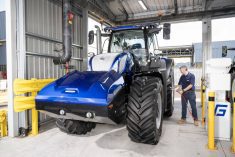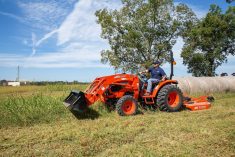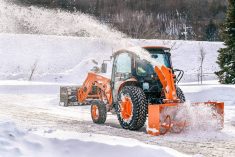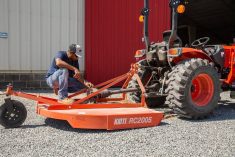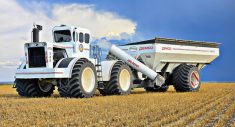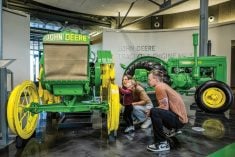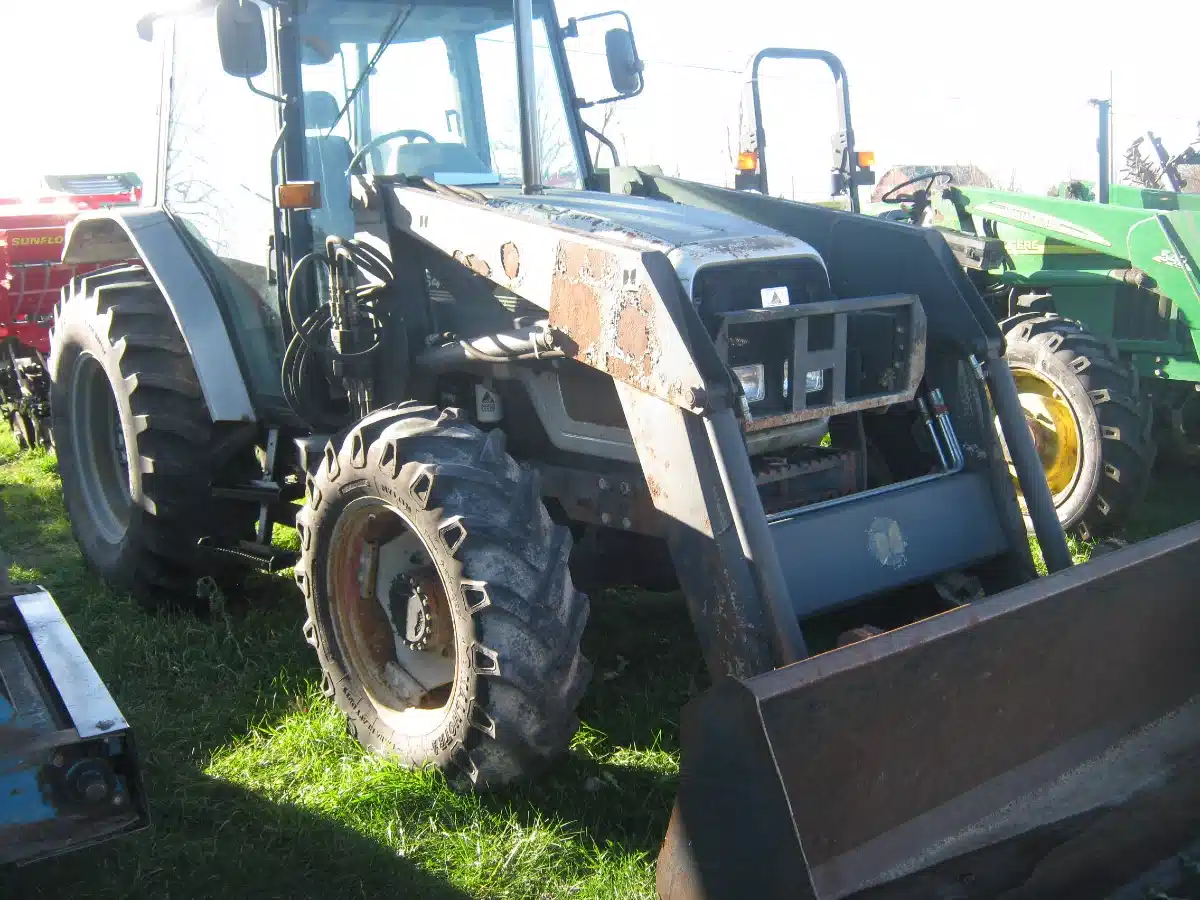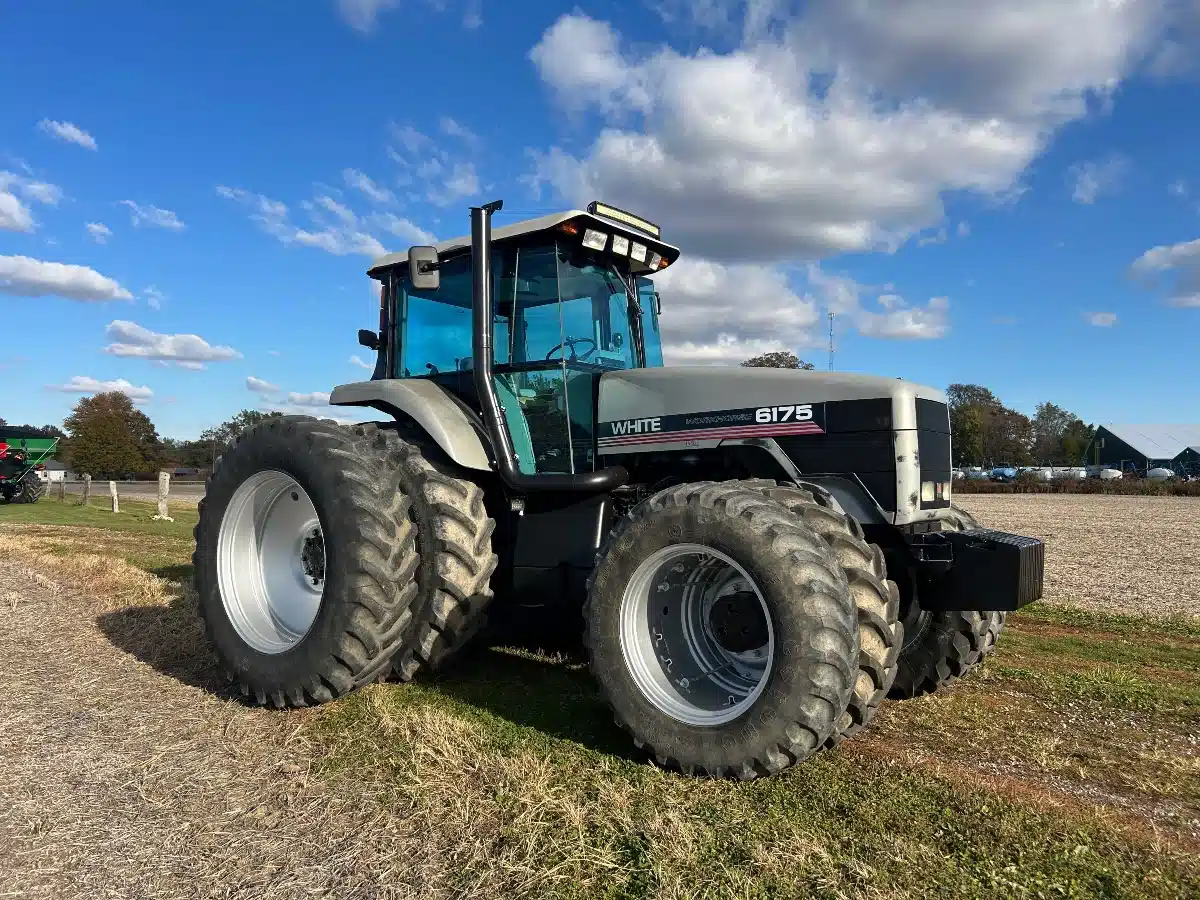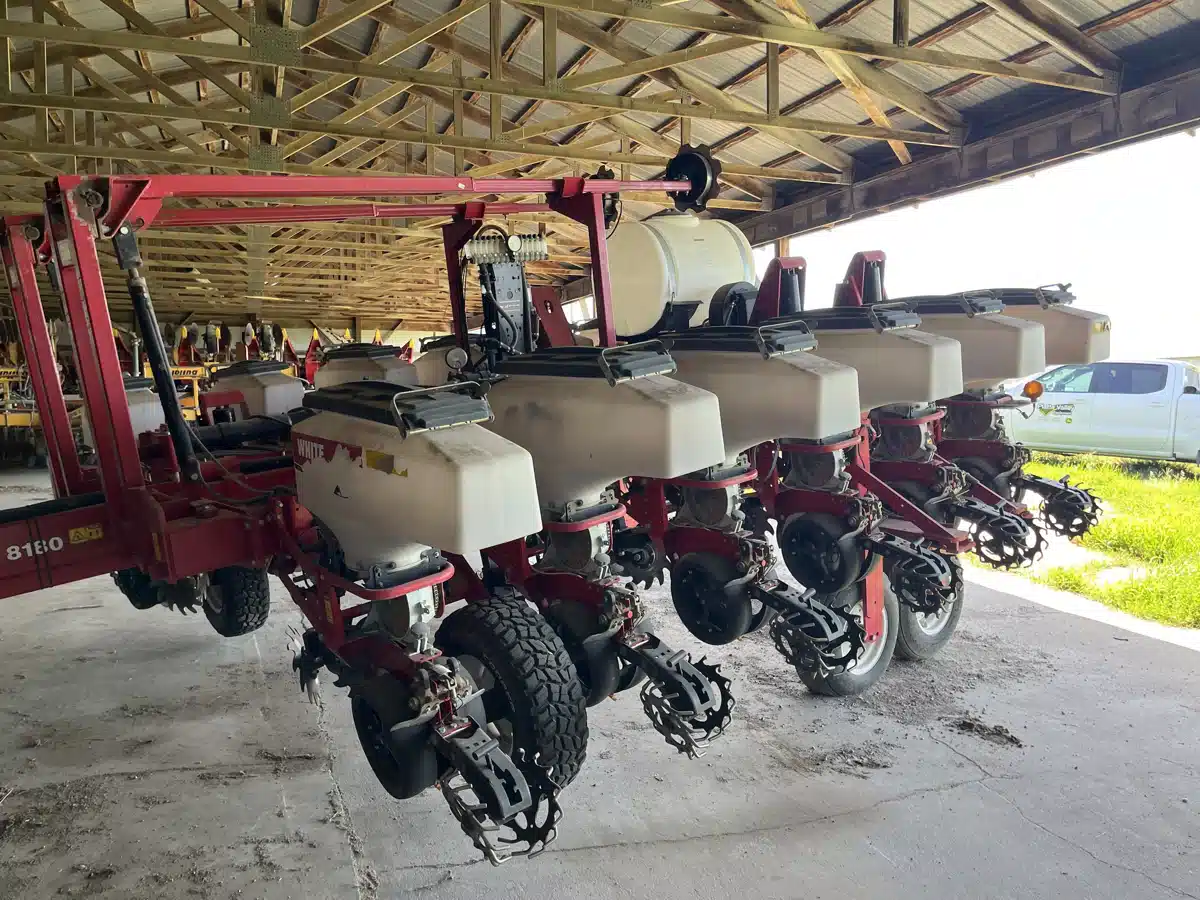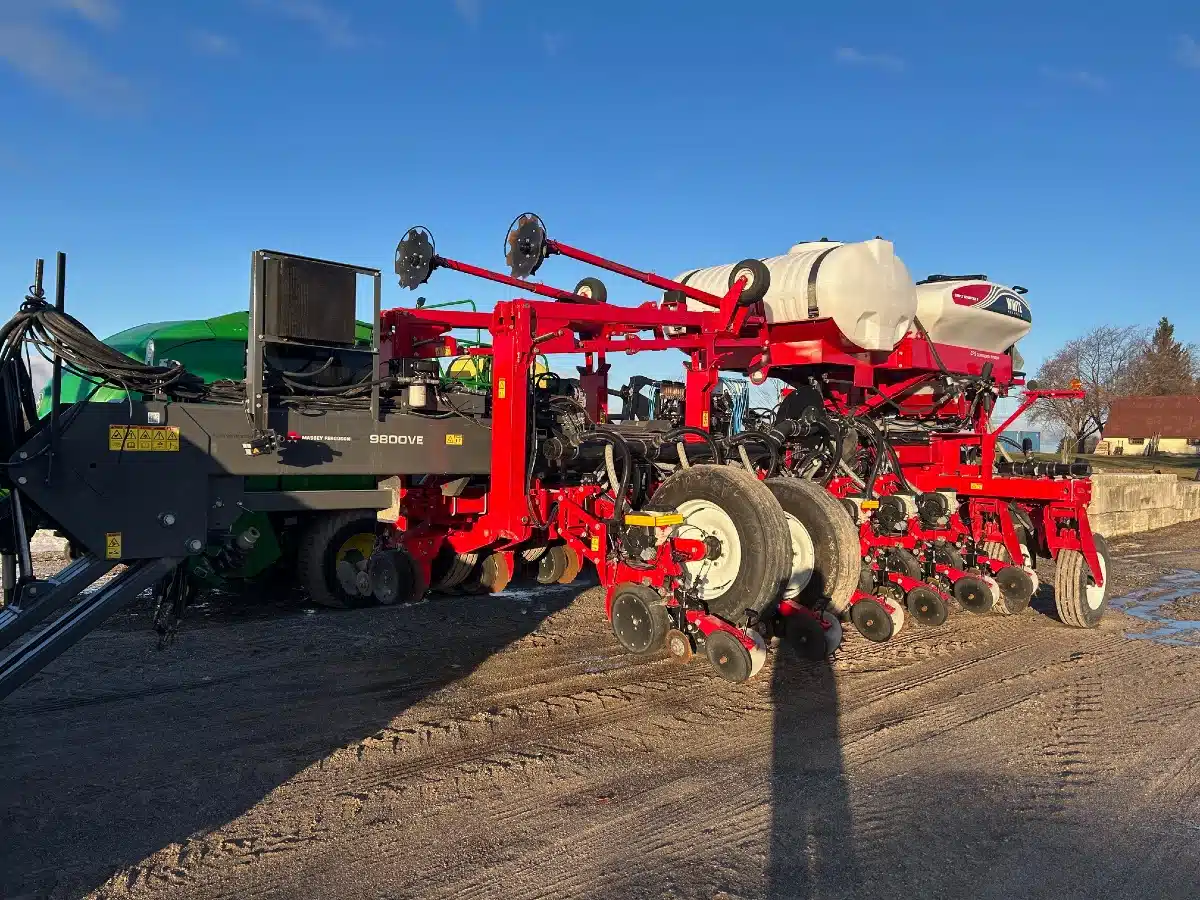As farms started to grow significantly in size through the late 1960s, equipment brands began to see a need to add new tractor models to the top end of their horsepower range. For some, that involved a few instances of so-called “badge engineering” — that is, short-term contracting with a competitor to build one of their tractor models in the other’s colours to fill a gap in the product line — and eventually those would be replaced by an in-house design.
But when almost-identical all-new, four-wheel-drive tractors debuted wearing the Minneapolis-Moline and Oliver names, it wasn’t really badge engineering. White Motor Corp. simply owned both of those names and released the same tractor in two different versions for each subsidiary to offer to their respective dealers.
Read Also

Claas brings 1000 Series SP forage harvesters to Canada
In mid-August, Claas unveiled its new line of Jaguar forage harvesters at an event in Visalia, California, deep in the heart of that state’s dairy region.

On Nov. 1, 1960, White took over the Oliver company and in 1963 it added Motec, the reorganized company name behind Minneapolis-Moline, to its growing stable of farm equipment brands. By 1969 White was ready to supply its dealers with its first articulated four-wheel-drive tractor to meet that growing demand from farmers for more power — which really still exists today!
READ MORE: White is a favourite colour of one Manitoba farmer
That year the Minneapolis-Moline A4T-1400 and its twin the Oliver 2455 began production. Both of them shared everything except name plates, a few different styling cues and paint colour.

They debuted with an 8.3-litre (504-cubic inch) six-cylinder diesel rated at 154 horsepower at the engine and 139 at the PTO. That’s not a lot of muscle for a four-wheel drive by today’s standards, but back then they were the company’s flagship models. Power was routed through a five-gear transmission with two ranges, offering 10 speeds from 3.2 to 23.7 m.p.h.
Hydraulic capacity was modest, too — but the tractor could be ordered with either an open- or closed-centre pump, something relatively advanced for the time. The open-centre system offered 17 g.p.m. (64.3 l/m) flow, while the closed system bumped that up to 20 g.p.m. (75.7 l/m). The number of available rear remotes topped out at just three.

The A4T-1400 and 2455 remained in production for only two years, ending their run in 1970. According to information compiled by TractorData.com, serial numbers ran to 247 — so, not a lot of them were built.
Building bigger
That same year, White replaced those two tractors with bigger brothers: the A4T-1600 M-M and the 2655 Oliver. A 9.6-litre diesel offered a modest jump in horsepower over the earlier models with a rated engine output of 169, 143 on the PTO and 123 on the drawbar.

In the spring of 1971, the Nebraska Tractor Test lab confirmed those performance numbers in test number 1070.
The two bigger tractors also offered buyers an option of an 8.3-litre LP gas engine instead of a diesel.

The new tractors saw significantly higher production, with TractorData.com’s serial number reference listing 1,190 diesel versions and 257 LP gas models.
The Nebraska test rated the noise level inside the Crenlo cab at 87.5 decibels. Having operated an A4T-1600, I can vouch for the fact you’d want to have ear protection for a day inside it.
In 1974 White introduced the first Field Boss tractor in its new silver livery wearing the White brand name, and the Minneapolis-Moline and Oliver names were discontinued. White’s existing equipment line was sold to Agco in 2001.




